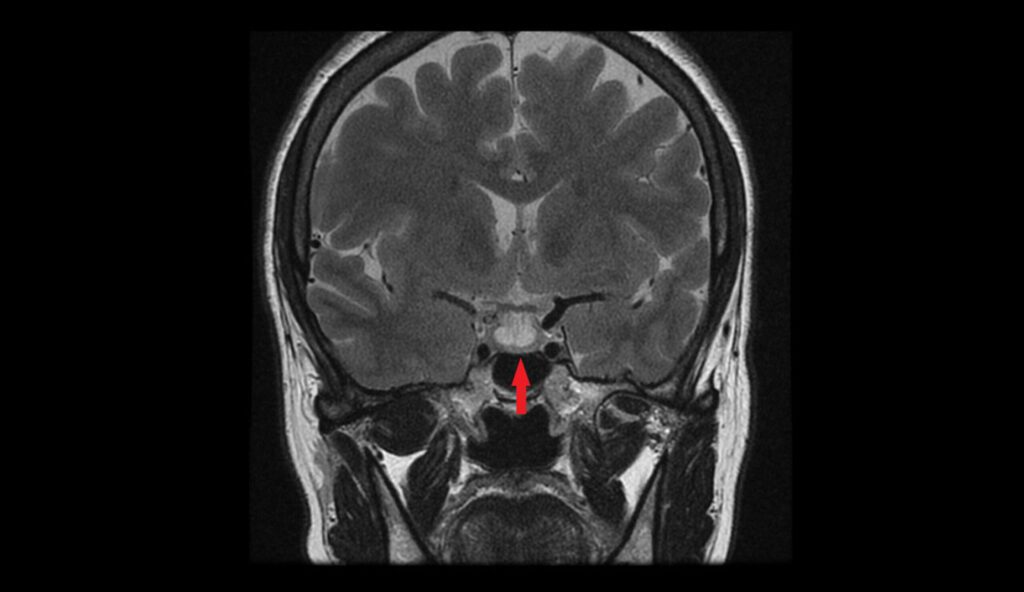Your FMEP Guide to Headaches
You are writing your CCFP exam. You are presented with a patient with a headache. Do you know what to do? What to ask? What your management should be? If you know all the answers – well done.Â
If not, keep reading – we have reviewed and summarized an excellent article by the Canadian Family Physicians to help you while you are studying.
Some things to remember about headaches…
- Rule out secondary headaches when diagnosing primary headache disorders
- Does the patient have recurrent migraine symptoms and normal neurological exam findings with no red flags on their history? If so, neuroimaging is likely not needed
- Remember that migraines are the MOST common type of headache – they are underdiagnosed and undertreated (so have this on your differential!)
- On a SOO, get patients involved in their headache management by asking them to keep headache diaries, adjust lifestyle factors, and manage stress
What information should you gather on a SOO about patients presenting with a headache?
- Onset, history, duration, and frequency of attacks
- Location of pain
- Associated symptoms
- Precipitating factors
- Severity and effect on activities (FIFE)
- Medications tried, results, and side effects
- Coexistent conditions that could affect treatment plan
On a SAMP, what are some physical exam maneuvers you could consider?
- Blood pressure
- Screening neurological exam
- If indicated, focused neurological examÂ
- Neck examination
- Examination for temporomandibular disorders (if indicated)
“Doc, is this a migraine?â€
Does the patient tell you that they have at least two of the following symptoms** during the attack?
- Nausea/vomiting
- Photosensitivity/phonophobiaÂ
- Worse with physical activity
** As per CFP article, but not exhaustive.
 If so, diagnose migraine with or without aura.
Does the patient experience headaches on ≥ 15 days/month for > 3 months? Do their headaches meet the above criteria for migraine? Do their attacks respond quickly to migraine medications on≥ 8 days/month?
If so, diagnose chronic migraine.
On a SOO, what’s your management plan?
- Use acute medications for individual attacks
- Use prophylactic medications if…
- attacks are causing considerable disability (despite acute therapy);
- acute medications are being taken ≥10 days/month (for triptans, ergots, opioids, and combination analgesics) or ≥ 15 days/month (for acetaminophen and NSAIDs); or
- the patient is having recurrent attacks with prolonged aura, and/or the patient cannot be treated by acute medication due to contraindications
- Evaluate and treat coexisting disorders
“Doc, is this a tension headache?â€
Do the patient’s attacks include at least two of the following symptoms but no nausea?
- Bilateral
- Non-pulsating pain
- Mild to moderate pain
- Headache not worsened by movement
If so, diagnose tension-type headache.
Do attacks meet the above criteria and occur on ≥ 15 days/month for > 3 months?
If so, diagnose chronic tension-type headache.
- Treat with acute medication or with prophylactic medication (if indicated)
“Doc, is this a cluster headache?â€
 Does the patient tell you their attacks meet all of the following criteria?
- Frequent and severe
- Brief (< 3 hours)
- Unilateral (always the same side!)
- Ipsilateral conjunctival infection, tearing, or restlessness during attacks
If so, diagnose cluster headache (or another trigeminal autonomic cephalalgia).
- Treat with acute or prophylactic medication depending on frequency of attacks
- Neurology referralÂ
“Doc, is this a medication-overuse headache?â€
- Does the patient experience headaches on ≥ 15 days/month?
- Does the patient use triptans, ergots, combination analgesics, or opioid-containing medications on ≥10 days/month?
- Does the patient use acetaminophen or NSAIDs on ≥ 15 days/month?
If any of the above, then diagnose medication-overuse headache.
- Consider the medication that caused the problem in the first place before stopping the medication cold turkey:
- Gradual withdrawal of opioids
- Abrupt (or gradual) withdrawal of acetaminophen, NSAIDs, or triptans
- Treat remaining severe headache attacks
Written by Maria Veinberg. Reviewed by Dr. Prokubovskaya & Dr. Premji

